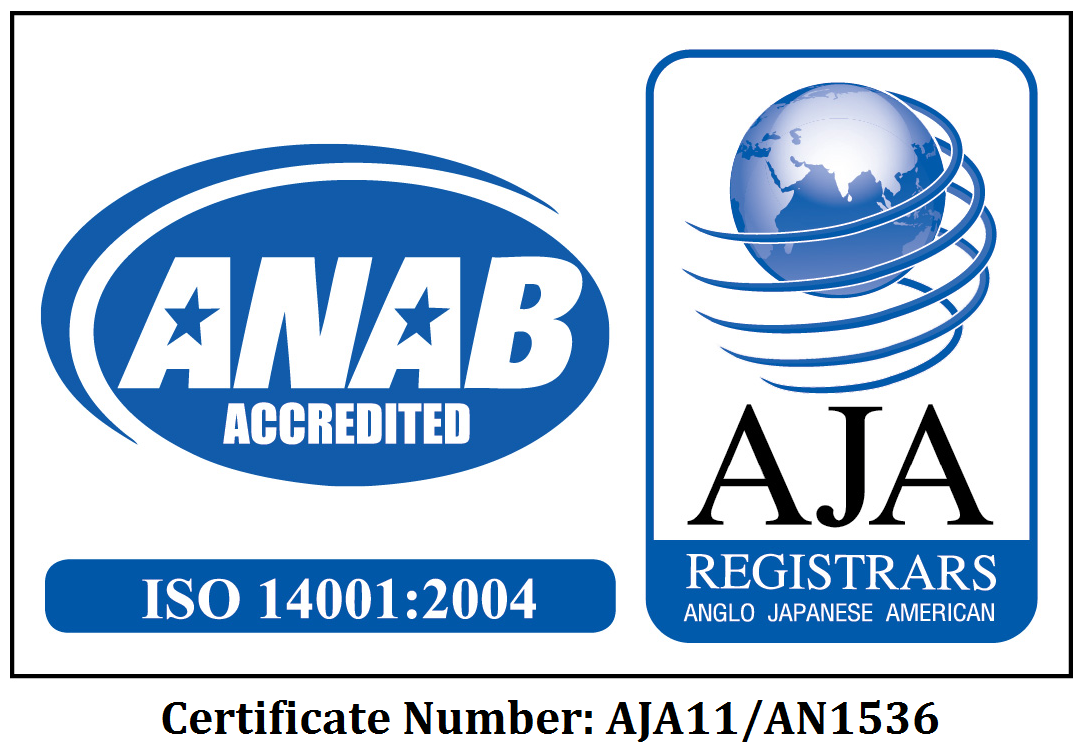Termites are soft-bodied insects, also commonly known as “white ants” but are actually very different from and distantly related to ants. They belong to different groups of insects: termites are Isopterans that are closely related to another group of pests, the cockroaches; while ants are grouped with bees and wasps in Hymenoptera.
Termites are generally light-colored, and have fore wings and hind wings that are about the same size and shape and lay flat against the back. These wings are one of the signs of termite infestation when you see it in or around your house, as these are shed once mated pairs have found the perfect place to live. These insects are eusocial, meaning that they take care of their young cooperatively. They also divide work among themselves and produce generations that are overlapping.
Colonies of termites typically consist of a termite queen, king, workers and soldiers. Soldier termites guard the whole colony from other intruders, particularly ants, which are considered their archenemy. Workers care for the young and maintain the nest. A termite colony uses a self- organized system which is decentralized. Female termites can live up to 20 years and termite colonies are known to live for 100 years.
Why are Termites Pests?
Termites eat dead plant material (in the form of wood), animal dung, leaf litter and soil. With hundreds or even thousands of members in the colony, one can say that termites never stop eating, 24 hours a day and 7 days a week. The number of species of termites is estimated to run up to 4,000, but only a small percentage are considered pests.
Because termites eat wood, they damage things that humans use like furniture and even a whole house! Termites cause so much damage that the total cost to replace, repair and for termite control is estimated to be up to $2 billion dollars per year.
Being in the tropics, the Philippines is considered one of the hottest areas in the world in terms of termite activity. It’s no wonder termite control is considered an essential investment to protect buildings and homes in the long term.
Learn more about termite control in the next blog posts or directly from Bio-Tech Environmental Termite Control Specialists using the contact information on this link.
Tagged with: termite control • termite damage • termites • tropical pest
Like this post? Subscribe to my RSS feed and get loads more!








Trackbacks/Pingbacks